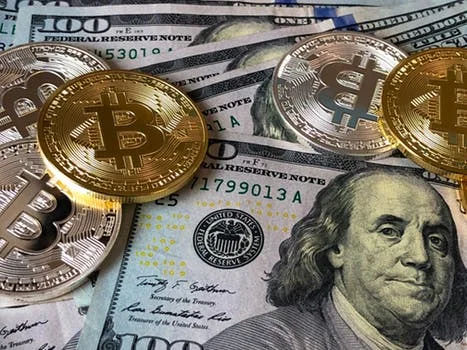Why There Is Money to Be Made Recycling Metal Pieces You Can’t Identify
What Is It? . . .
We found it at the bottom of a small bin of metal scrap that a client had sent to us for analysis. It was a little piece of gold-toned metal, about half an inch long. It was shaped like a barrel, with ribs running along it from end to end. We thought it was a bead, but it didn’t have a hole running through its middle - the kind of hole that would enable it to be used as part of a necklace. Our best guess was that it was part of a larger piece of jewelry - something that had fallen off a brooch or maybe even a tiara. There were no karat markings or other identifiers, so we figured it was made of base metal that had been covered with a thin plating of gold. But what the heck, we tested it and discovered that it was, in fact, made of 12-karat gold.
We never figured out what it was, but what did that matter? It was solid gold, and that meant it had much greater value than what met the eye. And it taught us an important lesson . . .
Small pieces of metal that you can’t identify could be worth much more than you thought possible.
And that leads us to the questions that you should ask when you find a piece of metal that you can’t classify.
First, What Is it?
As we noted just above, if an item is made of a precious metal, it doesn’t matter too much what it was once used for. But still, here are some of the most common categories of unidentifiable items you are likely to discover as you hunt for precious metals . . .
- Jewelry findings - They are the small links, clasps, pins and other items that jewelers buy and use to make necklaces, bracelets, and even rings. In most cases, they are only gold-plated . . . but you never know.
- Grindings and shavings - They are the little pieces of metal that are left over when larger pieces of gold are shaped into jewelry or dental appliances. You can find them underneath machines in old jewelry factories and dental labs. A lot of the time, they are part of a small quantity of powder or shavings that contains several metals; a small bag of powder that looks like it contains only silver could contain some hidden gold. Sent it to us for analysis.
- Nuggets - They can be small gold nuggets that prospectors pulled from streams or little spheres of melted gold that were left over after gold was cast into blanks for rings or other items of jewelry. One caveat? Larger nuggets could be made of fool’s gold, not real gold, so have us analyze them before you get too excited about your discovery.
Second, What Is It Made Of?
“All that glitters is not gold,” as Shakespeare told us. Be sure to look for stampings and markings on the item that indicate what it is made of. But if you are not sure what you are looking at, call Specialty Metals Smelters and Refiners at 800-426-2344 and send your discovery to us to be analyzed. Should you use one of those inexpensive gold-testing kits before you do? Of course, you can. But because older gold-plated items were often covered with relatively thick layers of gold, you could get a false reading and believe that a low-value gold-toned item is made of solid gold. If you really want to know what you have, you need an expert precious metals refinery to do the test for you.
Third, How Many of Them Can I Get?
If we report to you that your little unidentifiable chunk is made of recyclable gold, how many of them can you get your hands on? Here again, you need our advice. If you were lucky enough to find a nice big nugget of prospector’s gold, it could be worth refining as a single item. If, however, you find a gold-plated chain link or a small pile of gold shavings . . . how many of those items can you get? The more of them, the more money you stand to make when you recycle those small bits and pieces you can’t identify.
Not sure what you have? Call Specialty Metals Smelters and Refiners at 800-426-2344 to speak with one of our precious metals refining consultants.
Related Posts
With the Dollar Weakening, Is Now the Time to Invest in Precious Metals?
Down the Tubes ... Where to Look for Gold in Pipes and Drains
Mine or Recycle Gold? We Have an Opinion about Which Is Better

